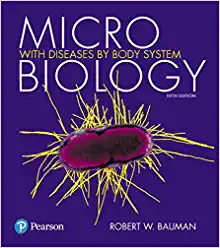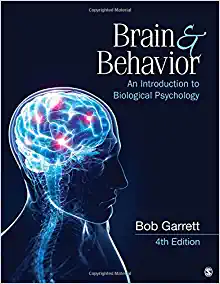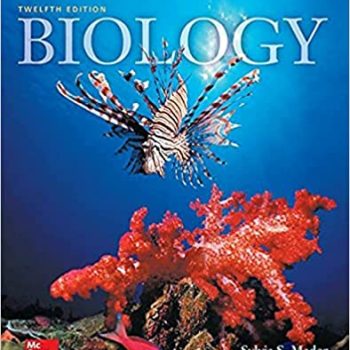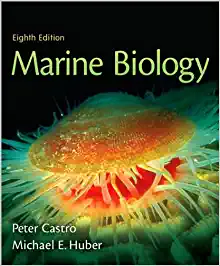Life The Science of Biology 10th Edition By Sadava
ISBN-10 : 1464141266, ISBN-13 : 978-1464141263
Chapter 1: Studying Life
(By Richard Shingles)
Multiple Choice
- The basic structural and physiological unit of all living organisms is the
- aggregate.
- organelle.
- organism.
- membrane.
- cell.
Answer: e
Textbook Reference: 1.1 What Is Biology?
Bloom’s Category: 1. Remembering
- A cell
- can be composed of many types of tissues.
- is found only in plants and animals.
- is the smallest entity studied by biologists.
- may be a distinct entity or a building block of a more complex organism.
- All of the above
Answer: d
Textbook Reference: 1.1 What Is Biology?
Bloom’s Category: 2. Understanding
- The Curiosity rover is currently searching for signs of life on Mars. What kind of evidence would most likely indicate the presence of living organisms on Mars?
- Fossilized prokaryotic cells
- Different nucleic acids and amino acids than those found on Earth
- Fatty acid molecules
- Complex molecules containing genetic information
- Simple organic molecules
Answer: d
Textbook Reference: 1.1 What Is Biology?
Bloom’s Category: 5. Evaluating
- Which of the following is not true of life?
- Life has a common ancestry.
- Life is made up of living organisms.
- Living organisms are all descended from a common origin.
- Life has multiple origins.
- Life has striking similarities across gene sequences.
Answer: d
Textbook Reference: 1.1 What Is Biology?
Bloom’s Category: 2. Understanding
- Earth is approximately _______ years old.
- 5.5 million
- 40–50 million
- 4.5 billion
- 5 trillion
- 40 trillion
Answer: c
Textbook Reference: 1.1 What Is Biology?
Bloom’s Category: 1. Remembering
- There has been life on Earth for approximately _______ years.
- 10 thousand
- 4 million
- 100 million
- 1 billion
- 4 billion
Answer: e
Textbook Reference: 1.1 What Is Biology?
Bloom’s Category: 1. Remembering
- The oldest rocks on Earth are approximately _______ years old.
- 4,000‒5,000
- 400,000‒500,000
- 2–3 million
- 4–5 billion
- 8 billion
Answer: d
Textbook Reference: 1.1 What Is Biology?
Bloom’s Category: 2. Understanding
- The seed of a desert plant may be dormant for many years without growing, but is still considered to be alive because it
- is always converting molecules.
- possesses heritable information.
- is always regulating its internal environment.
- is reproducing.
- is extracting energy from its environment.
Answer: b
Textbook Reference: 1.1 What Is Biology?
Bloom’s Category: 2. Understanding
- Which of the following statements about viruses is true?
- They do not mutate and evolve.
- They do not contain genetic information.
- They carry out physiological functions on their own.
- Their existence depends on cells.
- Biologists do not consider viruses to be part of life.
Answer: d
Textbook Reference: 1.1 What Is Biology?
Bloom’s Category: 4. Analyzing
- The critical step for the evolution of life was the
- formation of fatty acids.
- formation of simple molecules.
- appearance of proteins that could replicate themselves.
- appearance of nucleic acids that could replicate themselves.
- synthesis of proteins.
Answer: d
Textbook Reference: 1.1 What Is Biology?
Bloom’s Category: 2. Understanding








Reviews
There are no reviews yet.